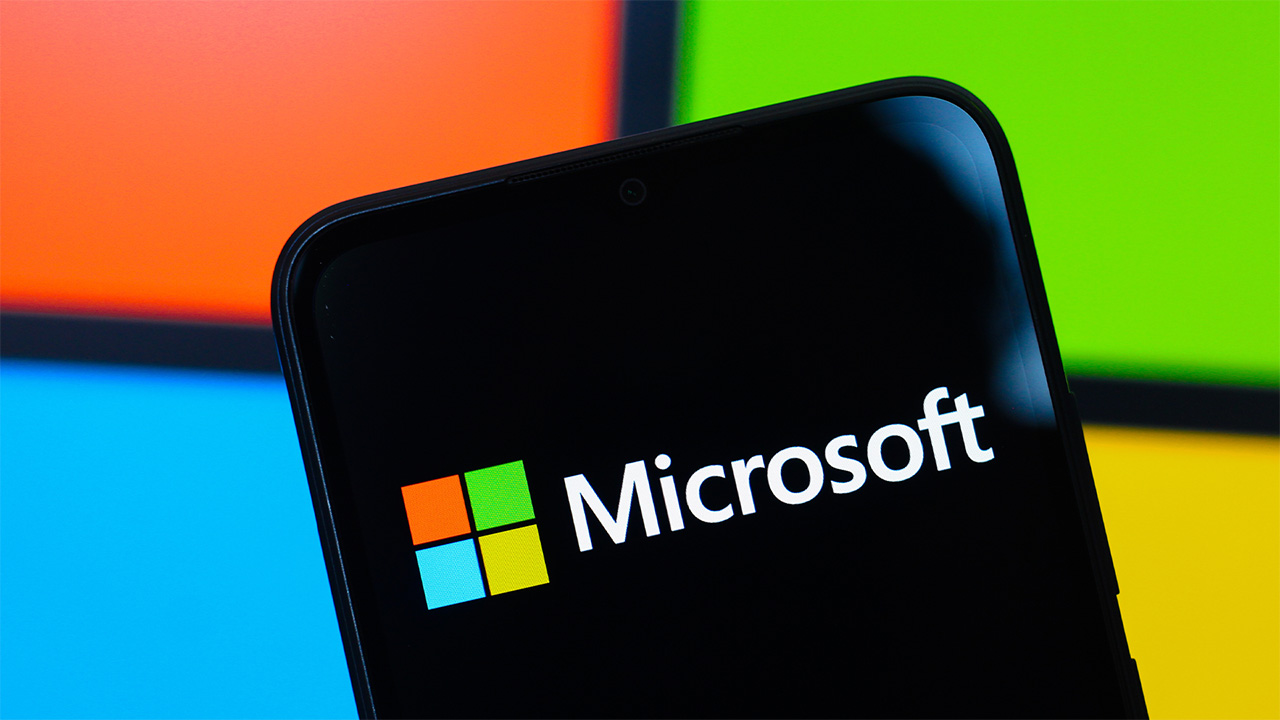Microsoft Authenticator is going to delete your passwords on Friday — what to do right now

Microsoft Authenticator users who have not yet made plans to switch to a new method are running out of time: The app will stop storing, managing, saving and auto-filling passwords this Friday, August 1.
Microsoft has been sending out messages for weeks indicating its plan to move to a passkey method; as of June, users were no longer able to add passwords, and as of July, the autofill function was shuttered. Starting in August, users will be unable to access their saved passwords unless they have ported them over to Microsoft Edge.
However, as CNET reports, the passkey method is widely accepted as the next step toward a much more secure option — passwords can be easily guessed via either phishing or brute force, are stored on servers and are often reused or created in an insecure fashion in the first place.
Alternatively, passkeys like a fingerprint or facial recognition, are only available on a personal device and don’t need to be remembered. Users don’t have to use a password manager to keep track of dozens of unique, strong passwords for each account.
The Microsoft Authenticator app has been providing secure sign-ins for mobile accounts that require multi-factor authentication, such as push notifications, password-less logins, time-based one-time passwords or biometric-based confirmation. It let users sign into Microsoft accounts using a PIN, facial recognition (such as Windows Hello) or other biometric data like fingerprints.
Microsoft's support page explains that saved passwords (not generated password history) are securely synced to your Microsoft account, so users can continue to access them and use the autofill functionality with Edge.
What to do to switch to a passkey

Microsoft detailed the switch over instructions for users in a May 1 blog post, stating it would automatically set up users with their best passkey options and make it their default option:
Get instant access to breaking news, the hottest reviews, great deals and helpful tips.
“If you have a password and a ‘one-time code’ set up on your account, we’ll prompt you to sign in with your one-time code instead of your password. After you’re signed in, you’ll be prompted to enroll a passkey. Then the next time you sign in, you’ll be prompted to sign in with your passkey.”
You can set up a new passkey by opening the authenticator app on your phone, tap on your account, select ‘set up a passkey,’ then log in with your existing credentials. Once logged in you can set up the passkey.
Follow Tom's Guide on Google News to get our up-to-date news, how-tos, and reviews in your feeds. Make sure to click the Follow button.
More from Tom's Guide
- Microsoft Authenticator will shut off the password autofill feature in July — here’s how to save them
- Millions hit in quishing attacks as malicious QR codes surge — how to stay safe
- The best password managers in 2025

Amber Bouman is the senior security editor at Tom's Guide where she writes about antivirus software, home security, identity theft and more. She has long had an interest in personal security, both online and off, and also has an appreciation for martial arts and edged weapons. With over two decades of experience working in tech journalism, Amber has written for a number of publications including PC World, Maximum PC, Tech Hive, and Engadget covering everything from smartphones to smart breast pumps.
You must confirm your public display name before commenting
Please logout and then login again, you will then be prompted to enter your display name.
